Abyssinia to Zanzibar 1850s-1950s. Catalogue of the photographic archive of the Winterton Africana Collection.
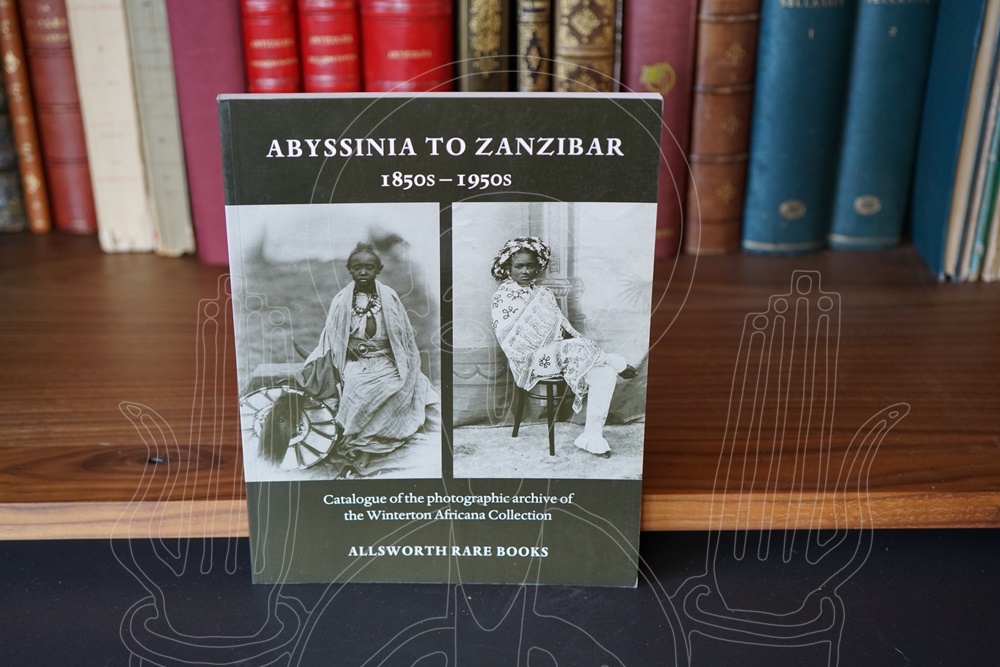

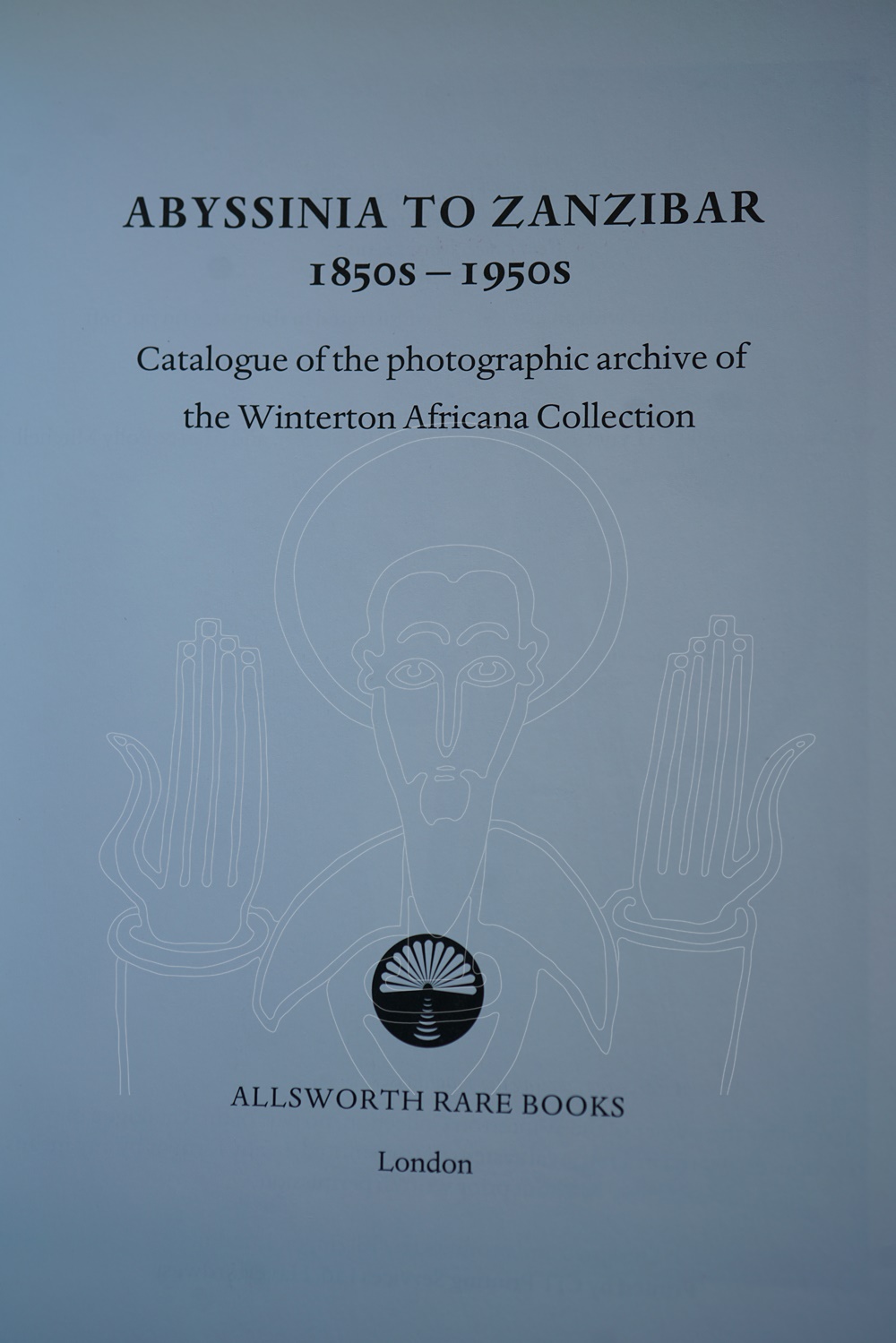
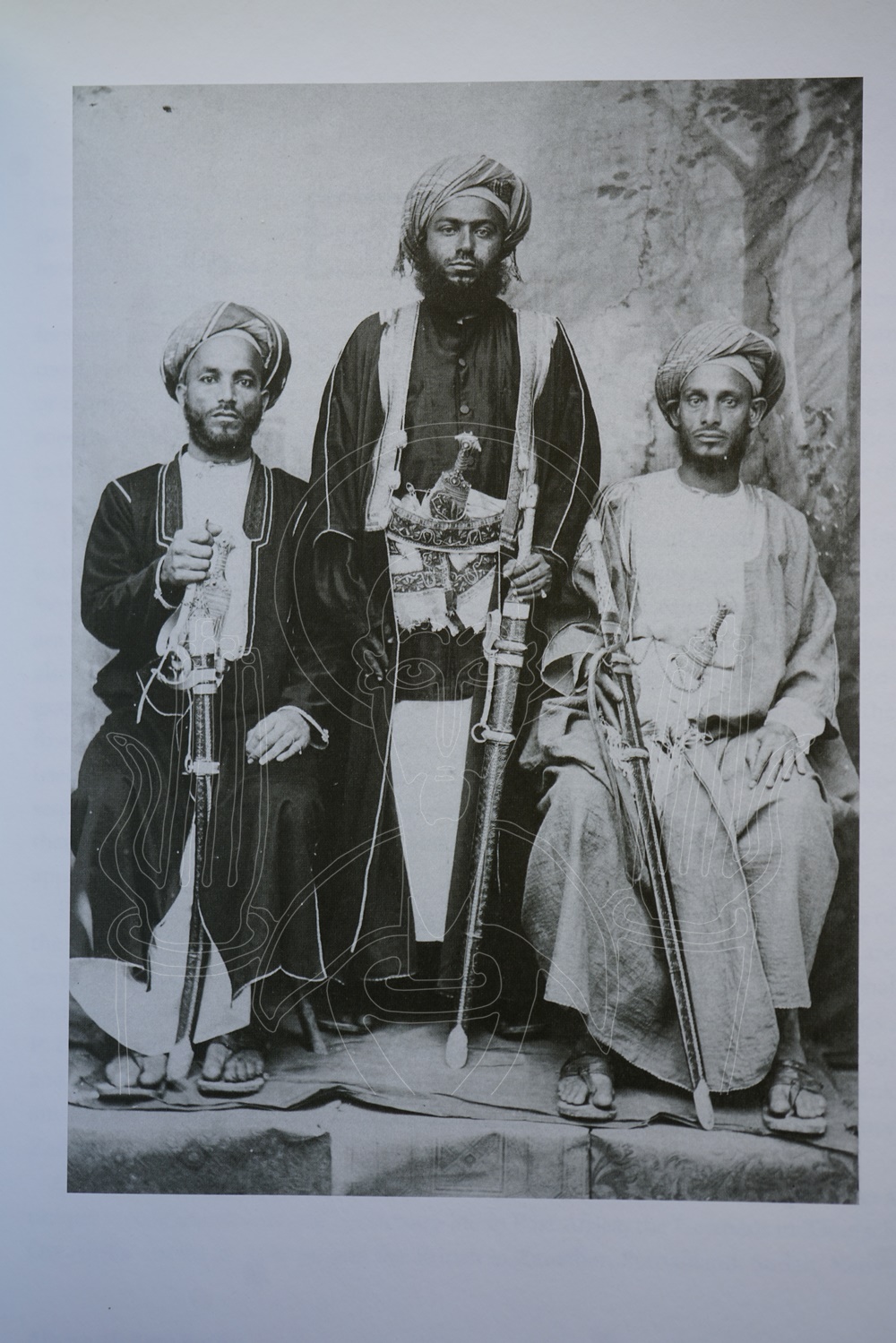
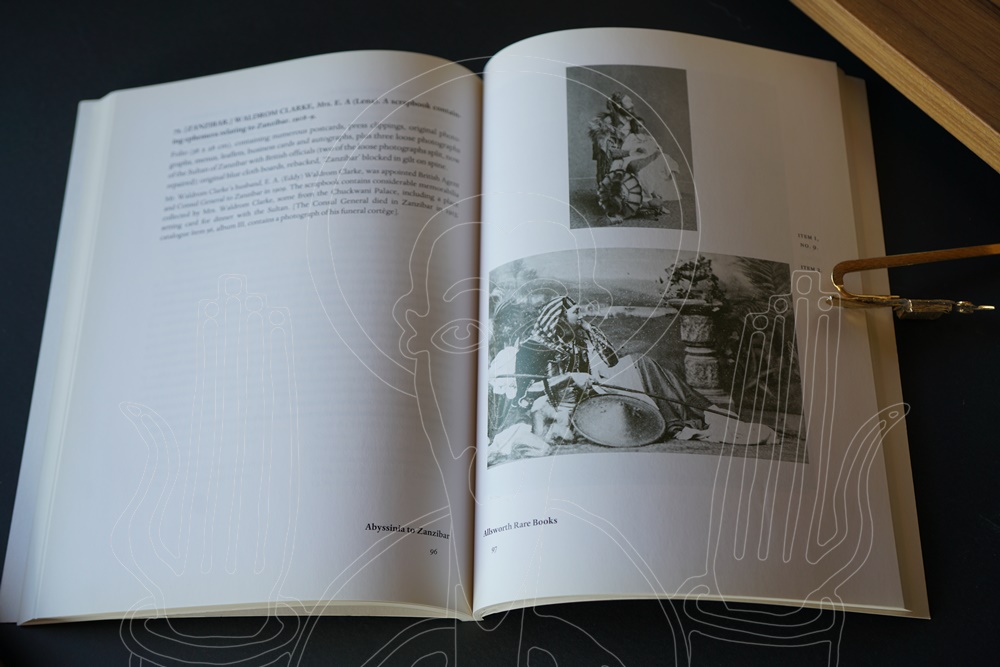
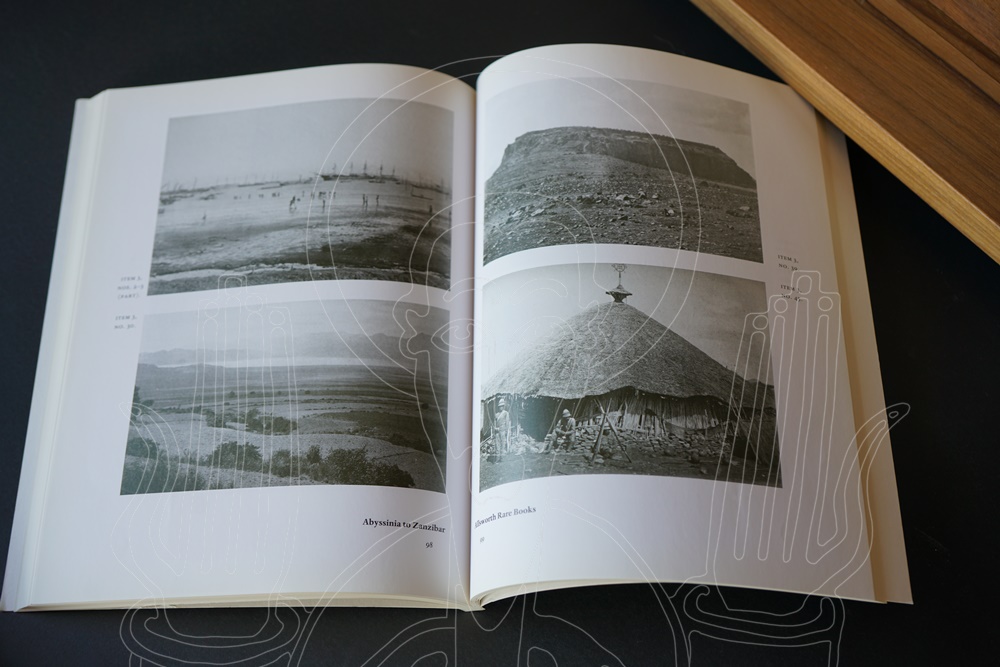
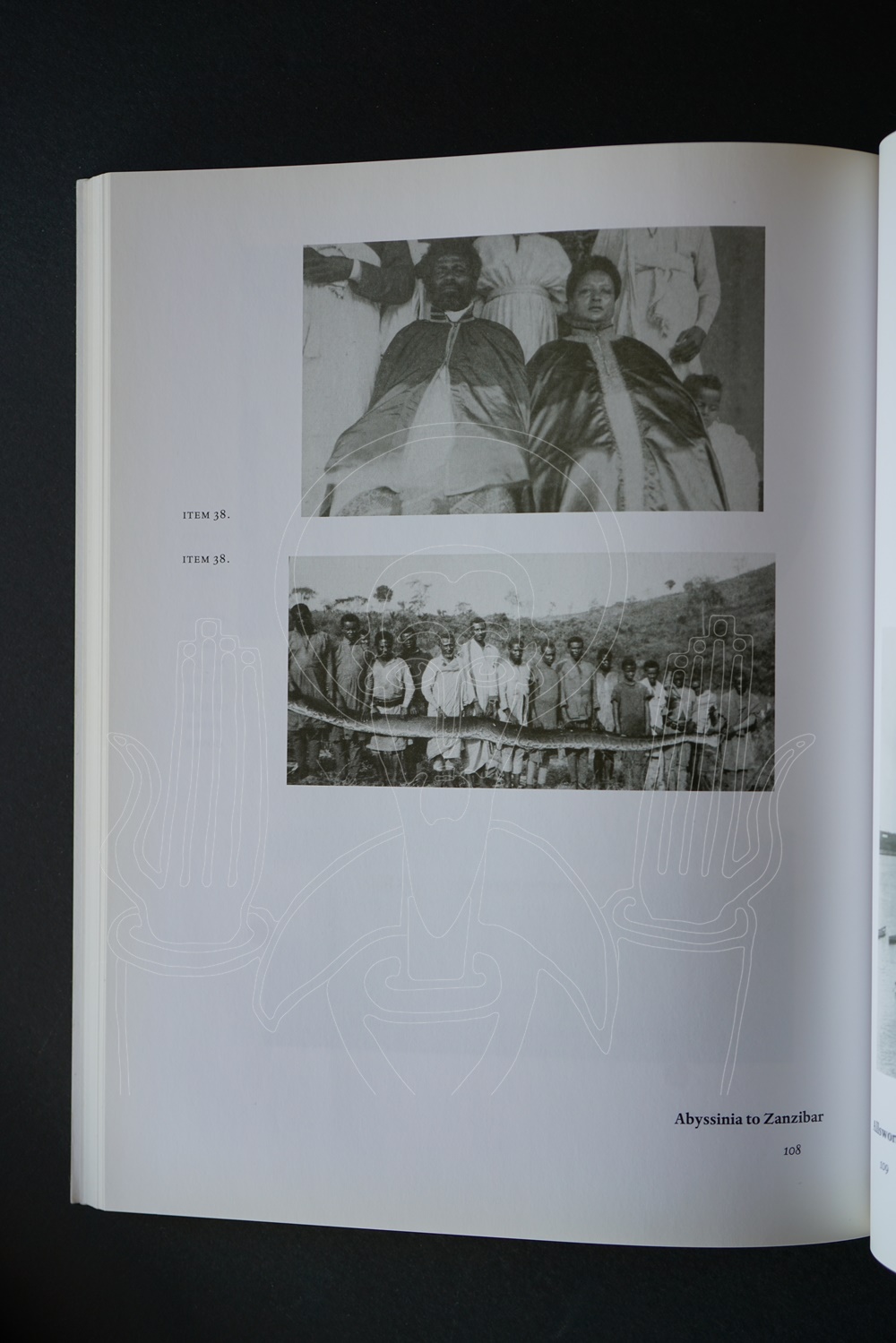
Édition
Éditeur : Allsworth Rare Books
Lieu : London
Année : 2003
Langue : anglais
Description
État du document : bon
Reliure : souple
Tirage : 1/300
Références
Réf. Biblethiophile : 003056
Réf. UGS : 9101000
COLLATION :
142 p., ill.
En savoir plus
La même année que la sortie de son catalogue one : travel & exploration, Jenny Allsworth a le privilège de mettre en vente les archives photographiques de la Winterton Africana Collection. Le catalogue s’intitule Abyssinia to Zanzibar 1850s-1950s et fut publié à 200 exemplaires numérotés suivis d’un supplément de 100 exemplaires sans numéro.
Biblethiophile, 04.05.2025
Introduction
The Winterton archive of photographs has taken some thirty years to assemble. It spans one hundred years in the history of photography and comprises approximately 6500 images of life and scenery in East Africa and Zanzibar.
As one the great collectors of Africana books, Humphrey Winterton possessed the foresight and enthusiasm to include photographic images in his collection, long before most book collectors, and indeed most booksellers, recognised either their historical or commercial value. As he travelled around the world, he succeeded in amassing a superb collection of topographical and ethnographic photographs. Many of the entries in this catalogue are a testament to his meticulous research and in-depth knowledge of the subject.
The earliest images in the collection, dating to the 1850s, are of Zanzibar and can be found in the scrapbook of the explorer, Colonel, J. A. Grant (item 34) and the album of Wm. O’Swald & Co (item 74), a German merchant resident in Zanzibar. These images are undoubtedly amongst the earliest known photographs of Zanzibar. The collection also contains important, pioneering photographs of Abyssinia. The album of photo-graphs of the Abyssinian Campaign of 1868 (item 3) is significant for representing the first extant use of photography in a military campaign (photography had earlier been used in the Crimean War but the results, as well as the two photographers, were subsequently lost at sea). Item 4, a series of stereoviews of the Abyssinia Campaign, more than likely also the work of the 10th (Railway) Company of the Royal Engineers, is apparently unrecorded.
The collection is particularly strong on images of Zanzibar, despite early images of the island having being notoriously elusive to collectors in recent decades, there are some 1000 images of Zanzibar in the archive, representing a number of professional and amateur photographers. The work of professional studios such as Coutinho Bros.. P. De Lord, Gomes & Co., and Dias feature heavily. The Prencke Portfolio (item 29) and the Baumann Portfolio (item 30) warrant special mention they surely rank among the rarest surviving photographic records of life in late nineteenth century Zanzibar.
As well as offering impressive images of the Sultanate, the collection also provides a unique record of colonial and missionary life in East Africa; the Germans in ‘Deutsch Ost Afrika (items 31. 33 & 55) and the British in Zanzibar, Somaliland, Sudan, Kenya and Uganda (items 73, 75, 56, 45. 22 & 51). As can be expected, the popular pursuit of big game hunting features in a number of albums (items 16-19). The King albums (item 49) contain some particularly fine images of ethnographic interest in Uganda and Sudan. Ethnography also features strongly in items 25, 53 and 54.
A number of albums (items 21, 50-52 & 28) record the building of various East African railway lines (the Mombasa/Uganda Railway, the Busoga line in Uganda and the line from Dar es Salaam to Tabora). The importance of these photographs cannot be under-estimated; the development of the railways marked a significant moment in the history of the suppression of the slave trade and, in the opening up of the African interior to commerce.
The slave trade is also a distinct theme throughout the images of Zanzibar, the O’Swald album (item 74) contains an image of slaves on board an Arab vessel, whilst many of the images of daily life are peopled with inhabitants of both African and Arab descent, a constant reminder of the island’s role in the capture and transport of human cargo. The immediate aftermath of one of the most remarkable military assaults of the nineteenth century, the British bombardment of Zanzibar (often referred to as the shortest war in history), is captured in a series of photographs in item 58. These photographs allow the viewer to witness the bomb damage to the Sultan’s Palace complex, British soldiers posing in front of a cannon, and charred bodies lying in the rubble.
Amongst the 6500 images in the collection, are scenes of great historical importance, snapshots of every day life and an illustrated guide to the history of photography in East Africa. It is a unique archive of high quality, impossible to replicate.
Jenny Allsworth